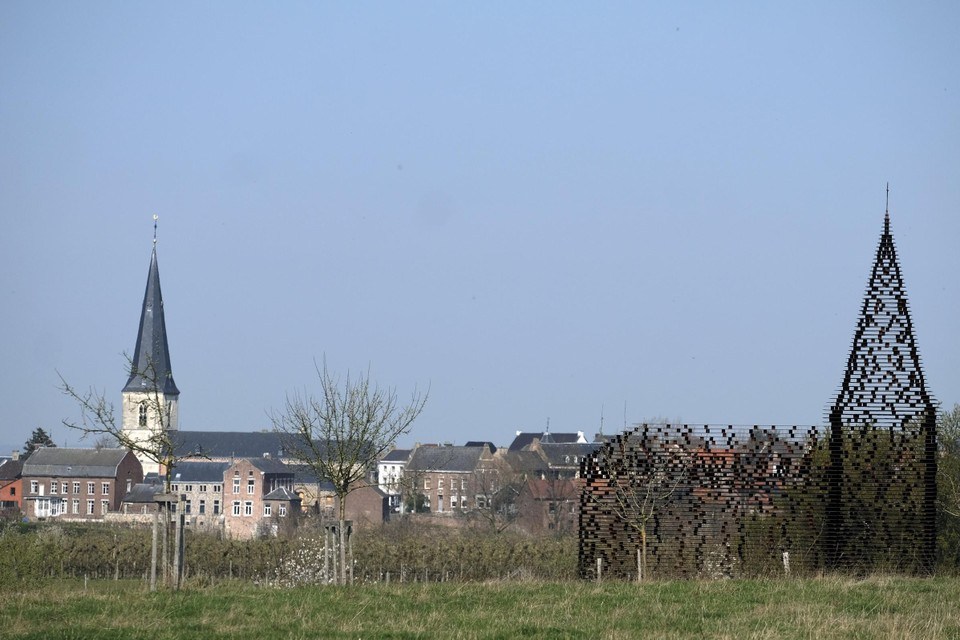House prices in the "green outskirts" of Flemish cities such as Ghent, Antwerp and Leuven skyrocketed last year, resulting in many potential young buyers having to drop out.
Buying a house in one of the five Flemish provincial capitals (Antwerp, Leuven, Ghent, Bruges and Hasselt) became on average 8.4% more expensive last year, even rising to more than 10% in Leuven and Ghent, the Notary Barometer of the Federation of Notaries (Fednot) shows.
Still, the biggest price increases are not to be found in the inner cities, but on the outskirts, in the (greener) suburbs that border on the (expensive) city centre. In Leuven, for example, house prices in the city centre rose by an average of 5.9%, but those in the neighbouring Heverlee rose by 16.2% and in Wilsele by as much as 18.7%.
"House prices were on the rise everywhere, but most in Greater Leuven (the city, and its outskirts): almost +11%. In the city centre, the price rose the least," said notary Helena Verwimp in a press release.
"Many families in Leuven were looking for a comfortable, ready-to-use house with a little garden. Heverlee and Kessel-Lo have traditionally been the most popular locations because they are closest to the centre," she said. "But the supply is very limited and the prices are high."
Related News
- First-buyers should get priority on housing market, socialist party says
- Brussels’ poorest families still waiting for payment of rent allowance
- Belgium's housing market begins to cool after earlier price increases
A similar situation is found in Ghent, according to notary Anne-Sophie Willems. "The city of Ghent and its suburbs are in great demand due to their central location, which has an effect on real estate prices."
"But affordable housing is scarce and there are often quite a few candidates for the same house, which pushes up the price," she explained. "To keep it affordable or to live more in the green, a lot of buyers end up in the boroughs."
According to the price figures in and around Ghent, the prices rose by 14.4% in Oostakker, just outside the city centre. In Drongen, just outside the outer ring road, prices even rose by nearly a third (32.5%).
A similar surge is observed in and around Antwerp and Hasselt. Prices in Berchem (just outside the centre of Antwerp) went up by 14.3%, compared to a rise of "only" 8.5% in the city centre, the notaries said. In Kuringen, close to Hasselt, prices rose by 15.9%, compared to 5.3% in the city itself.
Bad news for young buyers
The high house prices are bad news for young buyers, who often have not yet built up sufficient means to finance a large part of the purchase price of their (first) home themselves.
In the past year, the share of buyers aged 30 or younger in the Flemish provincial capitals dropped from 27.9% to 26.3%. At the national level: the proportion of young buyers was 24.3% in 2021, and 25.7% in 2020. The share of young buyers was highest in Antwerp (28.4% were 30 years or younger) and Ghent (26.9%). Leuven had the smallest proportion of young buyers: 20.9%.
"Just as at national level, the share of buyers between 31 and 50 years of age has increased: in 2021, their share in the Flemish provincial capitals was 49.2%; in 2020 it was 47.8%," said notary Bart van Opstal.
"This group of buyers was mainly active in Ghent (51.3%) and least active in Bruges (45.2%). Buyers aged 51-65 bought mainly in Leuven (25.1%), those aged 65 and over mainly in Bruges (7.5%)."

